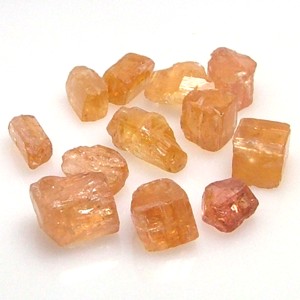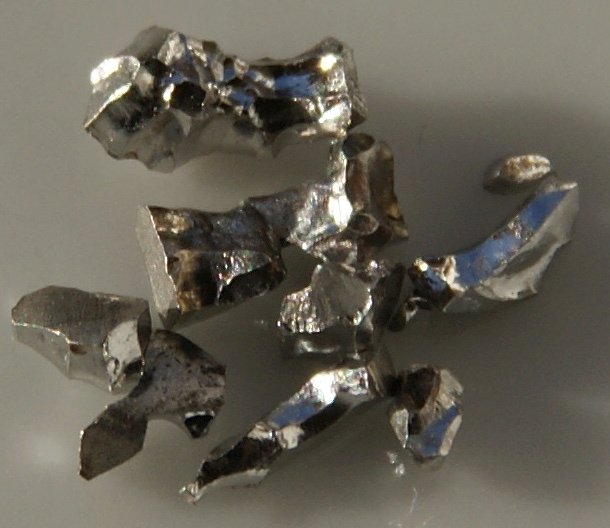Gold has been known of since prehistoric time- and since then has become a very well-known precious metal. The only stable form of gold known is actually used to treat cancer and other serious illnesses. When found gold is a very yellow metal, but when separated and broken down is actually black, ruby, and purple in color. It is an excellent conductor of electricity and heat, and is not affected by exposure to air.
It is often alloyed to increase it's strength, but must be weighed differently than normal. Pure gold is measured in troy weight, while alloyed gold has to be measured as a karat to express the amount of actual gold there is. It is found in it's natural form in veins, rock and some sea water. It is widely distributed and is used in coinage.
Fun Fact: Being very malleable, just ONE ounce of gold can be squished into a 300 foot sheet.

Gold is used often in jewelry, dentistry, plating, and some reflectors. Some of it's components are also used to treat arthritis.
Fun Fact: During prehistoric times, pure gold was used as jewelry. Now, almost all jewelry is not pure gold- it is alloyed gold.





 Discovered by Smithson Tennant of England in 1804, iridium is the 77th element on the periodic table. The word comes from the Latin word "iridis", which means rainbow. It has the most resistance out of all elements to corrosion- it can only be attacked by molten salts. It cannot be attacked by acids or aqua regia. It is naturally found in platinum and osmium, and is very difficult to work with because it is very brittle. It is only a TINY bit less dense than osmium, which is the most dense element.
Discovered by Smithson Tennant of England in 1804, iridium is the 77th element on the periodic table. The word comes from the Latin word "iridis", which means rainbow. It has the most resistance out of all elements to corrosion- it can only be attacked by molten salts. It cannot be attacked by acids or aqua regia. It is naturally found in platinum and osmium, and is very difficult to work with because it is very brittle. It is only a TINY bit less dense than osmium, which is the most dense element. Discovered by Smithson Tennant of England in 1803, osmium is named for the Greek word "osme", meaning odor. Osmium does not oxidize in air unless heated, but is highly toxic when heated as it creates osmium tetroxide. It is very strong and is not affected by most acids. While it is naturally a byproduct of refined nickel, it is also found in platinum AND in an extremely rare mineral called osmiridium. It is currently selling at the high price of 100 dollars per gram.
Discovered by Smithson Tennant of England in 1803, osmium is named for the Greek word "osme", meaning odor. Osmium does not oxidize in air unless heated, but is highly toxic when heated as it creates osmium tetroxide. It is very strong and is not affected by most acids. While it is naturally a byproduct of refined nickel, it is also found in platinum AND in an extremely rare mineral called osmiridium. It is currently selling at the high price of 100 dollars per gram.